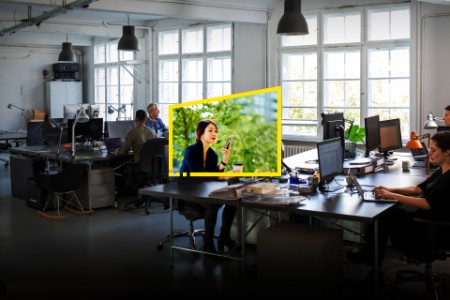The new mindset – a rebalancing of the COO-employee relationship
We are now in the middle of “the great resignation.” Younger employees don’t see the opportunities they want, parents cannot work because they are unable to access day care and socially motivated workers are lacking a sense of purpose. At the same time, COOs are facing intense pressure to cut costs and increase productivity, all within more volatile markets.
Old approaches to the employee-employer relationship are not working anymore. You need to develop a new, mutually beneficial balance with your workforce to facilitate employee satisfaction whilst maximizing productivity and building an agile talent model.
There are five actionable steps you can take to transition toward a new model of workforce management that encourages talent retention and drives operational transformation.
1. Adopt a new mindset – ensure the people experience has a customer focus
Segment your workforce into target populations based on skill levels, mobility, and career goals. Sell on the whole employee experience, not just price. Restructure your messaging, employment terms, compensation and motivations based on the unique needs of each customer group.
2. Match new kinds of workers with new ways of working – create a talent ecosystem
Don’t just offer job positions – leverage new technologies to create a portfolio of working environments that align to the needs of the employee. For highly repetitive and low-value tasks, automation may be the solution. Aggressive upskilling can fill scarce, high-value positions. Instead of one-size fits all, you will manage a mosaic of employment types that bring out the best in each worker.
3. If you can’t be the pay leader, become the career aspiration leader
You can’t win the talent wars by outspending the opposition. The best employees are attracted by the respect of their colleagues, a working environment that empowers them to do their best and a sense of social purpose in their work and their company. Win the talent you need by winning their aspirations.
4. Build a more resilient and agile workforce to navigate more volatile times
The pandemic has shown the capacity and the desire of workers to work remotely. You can make gig-working, contracting and hybrid work environments a talent competitive advantage. These structures also variabilize employee costs – an important flexibility in uncertain times.
5. Reach outside the firm for the talent you need
The migration to hybrid work environments, combined with new technology platforms, creates opportunities for you to harness third-party talent. Specialized functions – flexible manufacturing, data analytics and regulatory compliance – can be economically contracted out to managed service providers.


